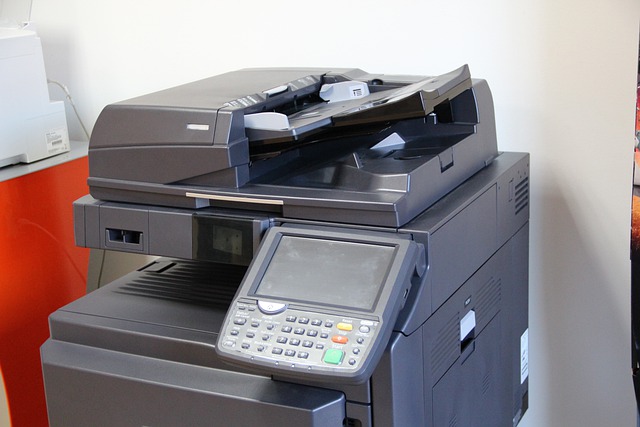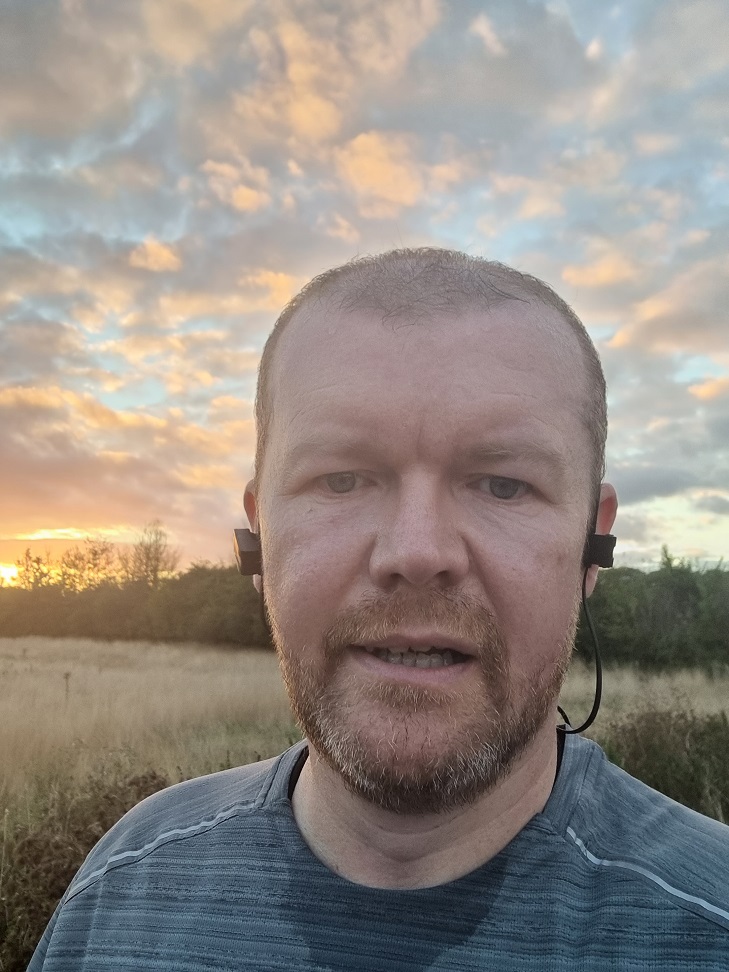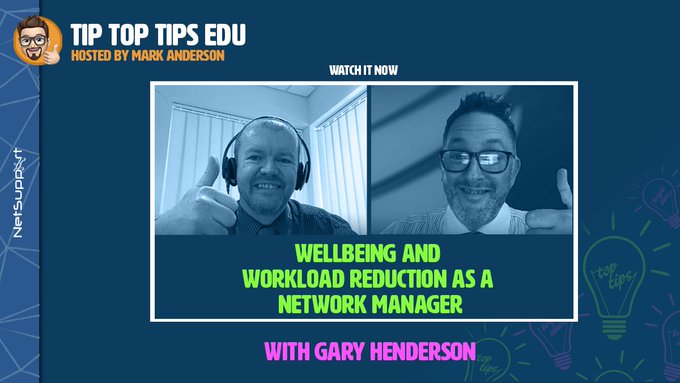
Recently have been trying to put some time aside to think about long term strategy rather than the more mundane day to day. I have been trying to look out into the future and maybe the next 10 to 15 years of technology in schools. In doing so I have identified 4 themes or areas which I believe we should be focussing on.
Sustainable, safe and secure
This is likely the easiest theme to identify. If we assume that tech use is only going to grow as we progress into the future then we need to ensure that “it just works”. This is key and is part of the sustainability challenge. If technology has issues or problems, users, both students and teachers alike, will quickly turn away from it. As a result we need to make sure the technologies used including the infrastructure such as Wi-Fi, internet bandwidth and our IT networks, are future proof and include plans for replacement and renewal as we move forward into the future. Purchases of infrastructure such as wireless access points, network switches and also the client end points all need to be viewed as continual investments, with planned replacement built in rather than one-off costs. Our plans need to ensure our technology and infrastructure is sustainable into the future
Also, in relation to sustainability we need to start considering environmental impact. We need to consider who we source our equipment from, how it is produced, how it is delivered and where it goes once it is end of life. We also need to consider the environmental impact of its use including energy usage for example. As we move forward into the future, I can see the importance of environmental sustainability continuing to grow and become a greater factor in decision making.
And as we work in schools, the safety and security of the technologies we use, the data we process and the end users, both staff and students, continues to be a critical issue. We will need to do a better job of assessing the security of products and solutions we use to ensure we keep our data and our users safe and secure.
Digital citizens
Related to the above, how we seek to keep our students safe in this digital world, online and on social media will be a key focus balanced out against the challenges presented by the need for individual privacy and freedom of speech. There will also be challenges in relation to increasing use of automation and AI including the ethics of categorising and targeting individuals and groups through data and the implications of black box AI solutions making decisions about aspects of our lives, where although we may be able to create a narrative for the decision in hindsight we may never actually know exactly how the AI arrived at it. And these are just of couple of the many challenges.
All of this highlights the need to develop digital citizens in our staff and students, plus also our wider communities including parents. Lots of the benefits and risks created through technology and technology use are new, and have never existed in history, therefore we will need to work through them together. We will need to create the culture and climate to support the open discussion and dialogue in relation to technology and its implications, and we will need to continually update and review our awareness and our understanding. This will be critically important but sadly, far from easy and far from quick.
Emerging technologies

The pace of technology continues to be quick with new solutions appearing regularly. It is therefore important to keep one eye on the future. Looking forward now I see a number of areas which school should be thinking about including the potential for Virtual Reality and Augmented Reality use within schools. Some schools are already dipping into this but I see bigger untapped potential which is yet to be realised. Haptics and wearable technologies are another area where there may be potential within schools. Some potential applications are clear, such as the use of fitness solutions like Fitbit, etc, in relation to physical education or even biology in schools; other future solutions or applications are as yet not as clear. Artificial intelligence is another emerging area, although I note many EdTech vendors already shouting from the hills about how they use AI, something I am largely sceptical about; I suspect many are mistaking a complex series of If..Then..Else for AI. That said, as we move forward I suspect more applications for AI will become apparent, particularly applications for narrow focus AI solutions designed for a specific purpose rather than the more aspirational general purpose AI of Hal from Space 2001 or Data from Star Trek. And online examinations using adaptive testing solutions replacing our paper based examinations is another emerging area I see in our future. How will we ensure school infrastructure supports these tests and how can we prepare students for this new age of assessment?
The power of data
Schools already gather huge amounts of data and this is only growing. I am not just talking about the data teachers may enter in school management solutions as part of parental reporting processes. We now have data generated in terms of student interactions with online platforms, such as Google Classroom or MS Teams, we have online quizzes where we might be able to see not only student scores, but the time taken, the device used, the time per question, if answers were changed, etc. Every time we interact with technology more data is being created. The question looking forward therefore is how can we use this data? How can we create value from this data and inform teaching and learning? This for me is a key opportunity as we look forward to the future. Again though, not an easy one, as the data is often siloed in different solutions or is unstructured or poorly structured. There is a lot of work to be done here but for me the potential is clear.
Conclusion
The above four areas are what I see as the key areas of focus for the future. There are many other areas which could be considered however these four, in my opinion, represent the greatest importance and/or potential in relation to schools and colleges.
Some of the above will see progress in the short term, however I suspect some wont see much progress for a number of years. The importance here though is in setting a direction of travel.
















